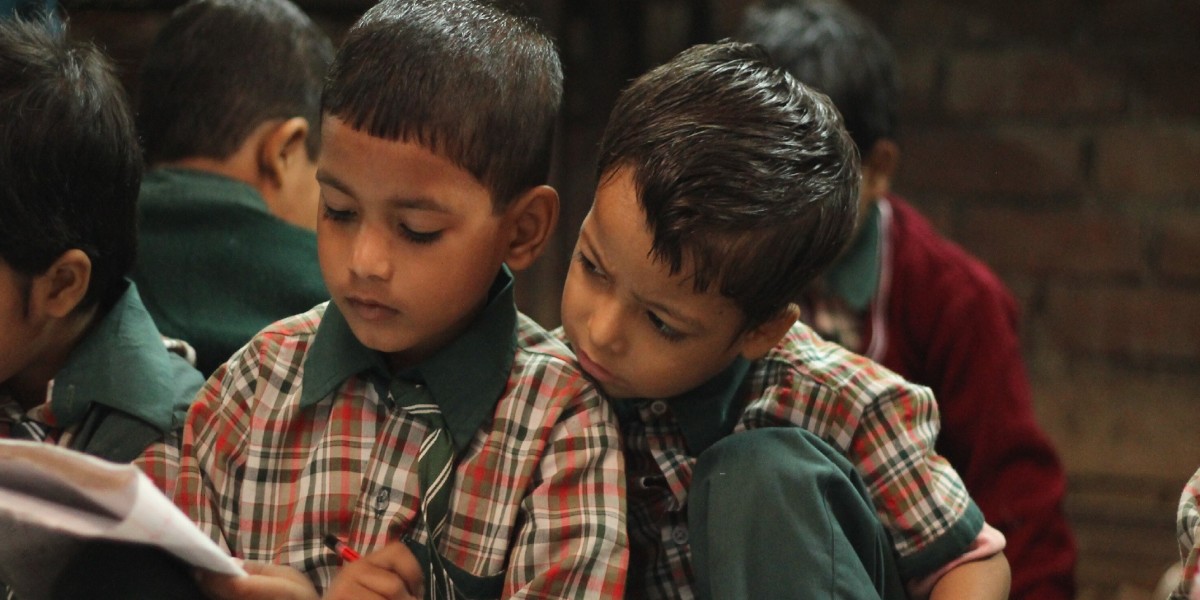Introduction:
In the diverse landscape of education, private schools in India play a significant role in providing quality learning opportunities. However, ensuring equal access to education for all, as mandated by the Right to Education (RTE) Act, is a collective responsibility. In this comprehensive guide, we will explore the RTE rules for private schools, shedding light on their implications and the broader context of private education in India.
Private Schools in India: An Overview
Private schools have been an integral part of India's education system for decades. They cater to a wide spectrum of students, offering diverse curricula and educational approaches. The allure of private education often lies in smaller class sizes, specialized teaching methods, and a reputation for academic excellence.
The Role of RTE in Private Education
The Right to Education Act, enacted in 2009, is a landmark legislation that ensures every child's right to free and compulsory education. This Act applies not only to government schools but also to private educational institutions, making them accountable for providing equitable and inclusive education.
Key RTE Rules for Private Schools
To understand the RTE rules for private schools, we need to delve into some of the crucial provisions of the Act:
1. 25% Reservation for Economically Weaker Sections (EWS):
One of the central tenets of the RTE Act is the reservation of 25% of seats for children from economically disadvantaged backgrounds. Private schools are required to admit students from EWS categories in their entry-level classes (usually kindergarten or first grade) and provide them with free education, including textbooks and uniforms.
2. Prohibition of Capitation Fee:
RTE rules explicitly prohibit private schools from charging capitation fees or donations during the admission process. This provision aims to make admissions fair and transparent, ensuring that no child is denied admission based on financial constraints.
3. No Screening Procedures:
Private schools in India are not allowed to conduct interviews or admission tests for students seeking admission under the RTE quota. Admissions must be carried out through a fair and non-discriminatory process.
4. Recognition and Compliance:
To avail of RTE benefits, private schools in India must be recognized by the appropriate education authorities and comply with the infrastructure and teacher-student ratio requirements stipulated by the Act.
5. Minimum Standards:
RTE rules also mandate that private schools maintain minimum standards in terms of infrastructure, teacher qualifications, and other facilities. This ensures that students, regardless of their background, receive a quality education.
The RTE Rules and Challenges for Private Schools
While the RTE Act aims to bridge the educational divide, private schools have faced several challenges in complying with its provisions:
Financial Strain:
Reserving 25% of seats for EWS students often involves a financial burden on private schools. The government's reimbursement for these students may not cover the full cost of their education, leading to financial challenges for schools.
Infrastructure and Quality:
Meeting the RTE's infrastructure and quality standards can be demanding for some private schools, particularly smaller ones or those in economically disadvantaged areas. Upgrading facilities and hiring qualified teachers can be a significant challenge.
Diversity and Inclusion:
Private schools in India often grapple with fostering a sense of diversity and inclusion among students from different socio-economic backgrounds. Bridging these divides and creating a harmonious learning environment can be complex.
The Way Forward: Balancing Inclusivity and Autonomy
The RTE Act represents a pivotal step towards creating an inclusive education system in India. Private schools in India, while facing challenges in compliance, also have the opportunity to contribute to a more equitable society by providing quality education to children from all backgrounds.
1. Financial Support:
Government authorities should work closely with private schools to ensure that the reimbursement provided for EWS students covers their actual expenses. This will encourage more private schools to participate in the RTE program.
2. Capacity Building:
Assistance and support should be extended to private schools in India, especially in areas where infrastructure and quality standards are not met. Capacity-building programs can help schools align with RTE rules.
3. Awareness and Sensitization:
Raising awareness among private school administrators, teachers, and students about the importance of inclusive education can foster a more accepting and diverse learning environment.
4. Collaboration:
Public and private schools in India can collaborate on various educational initiatives, sharing best practices and resources. This collaboration can enhance the overall quality of education and promote inclusivity.
Conclusion
The RTE rules for private schools in India represent a significant stride towards inclusive education in India. While private schools face challenges in adhering to these regulations, they also have the opportunity to be active participants in creating a more equitable education system. Balancing inclusivity and autonomy is a complex task, but one that is essential for ensuring that every child in India has access to a quality education, regardless of their socio-economic background. By working together, private schools, government authorities, and the broader educational community can transform the landscape of Indian education for the better, making it more inclusive, diverse, and accessible to all.








